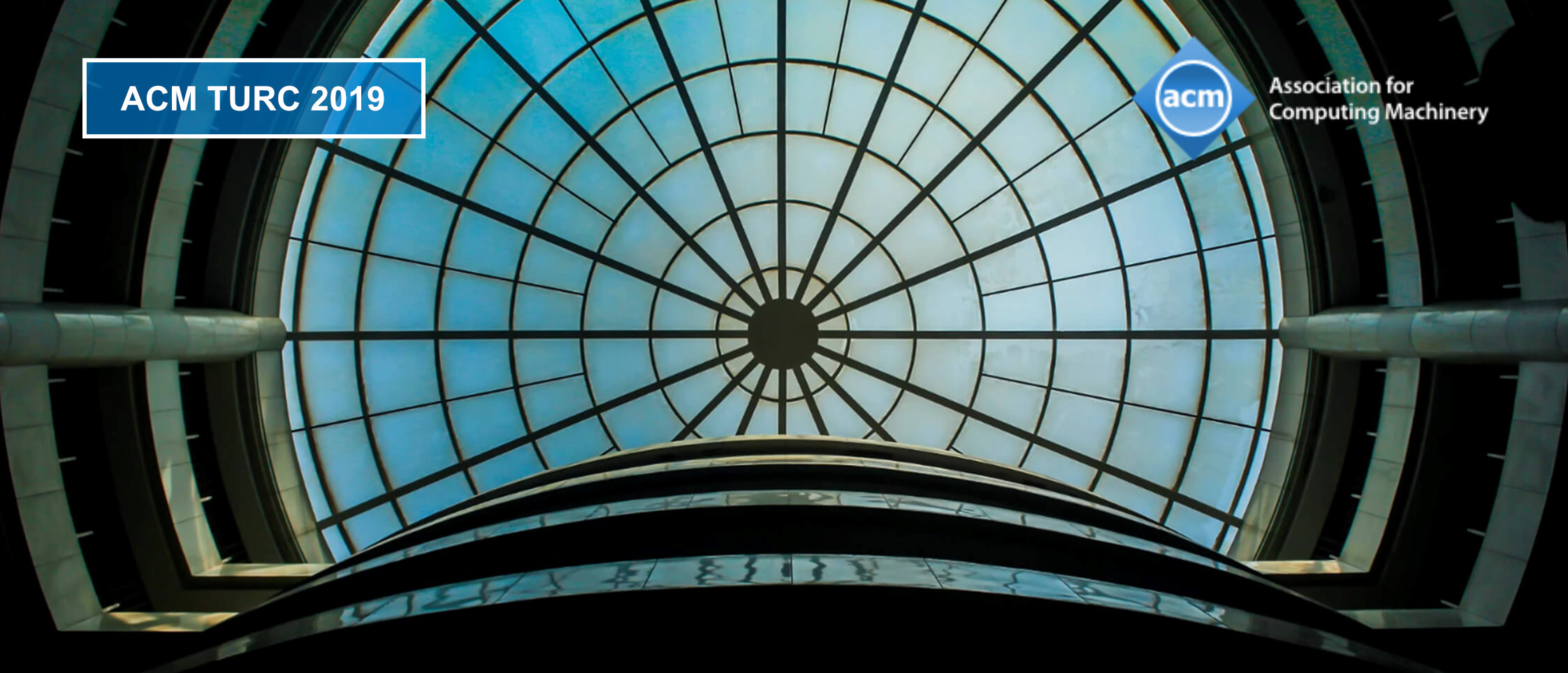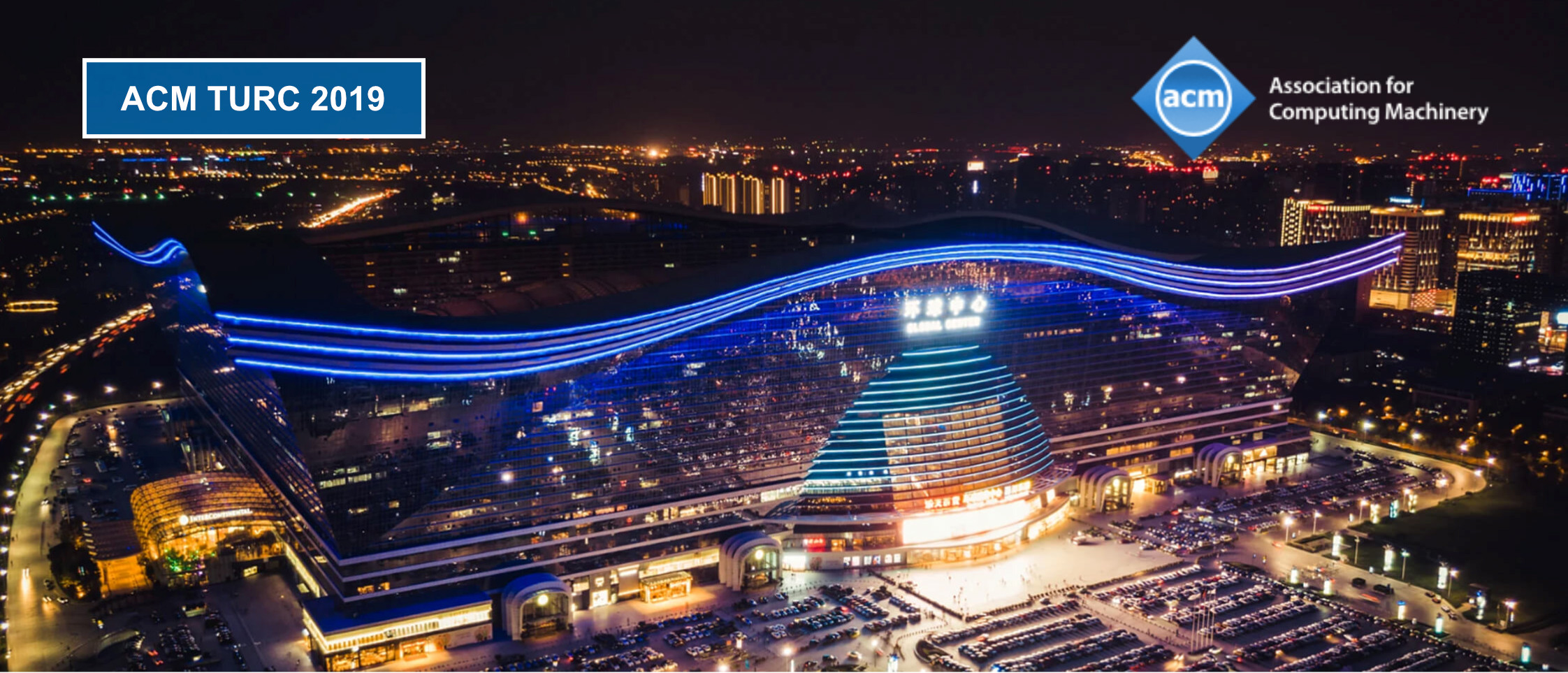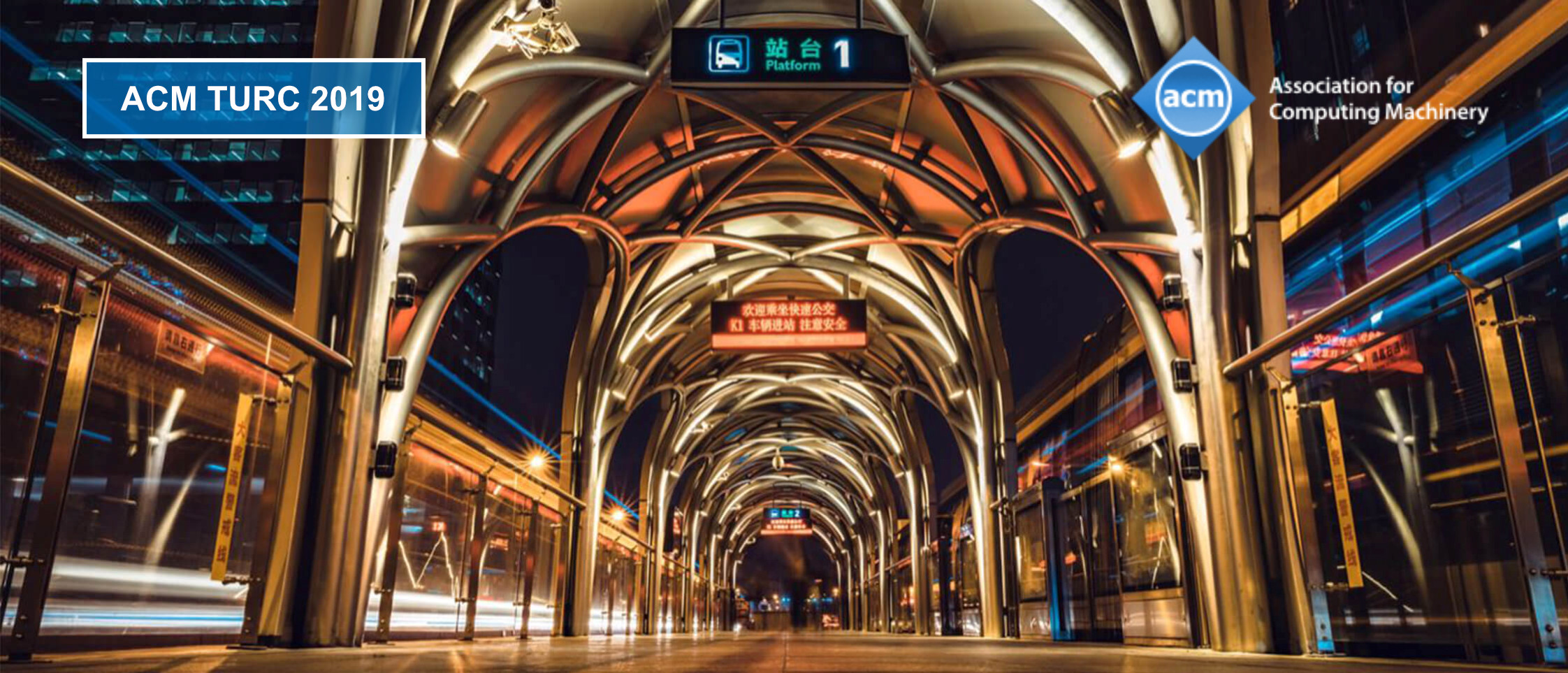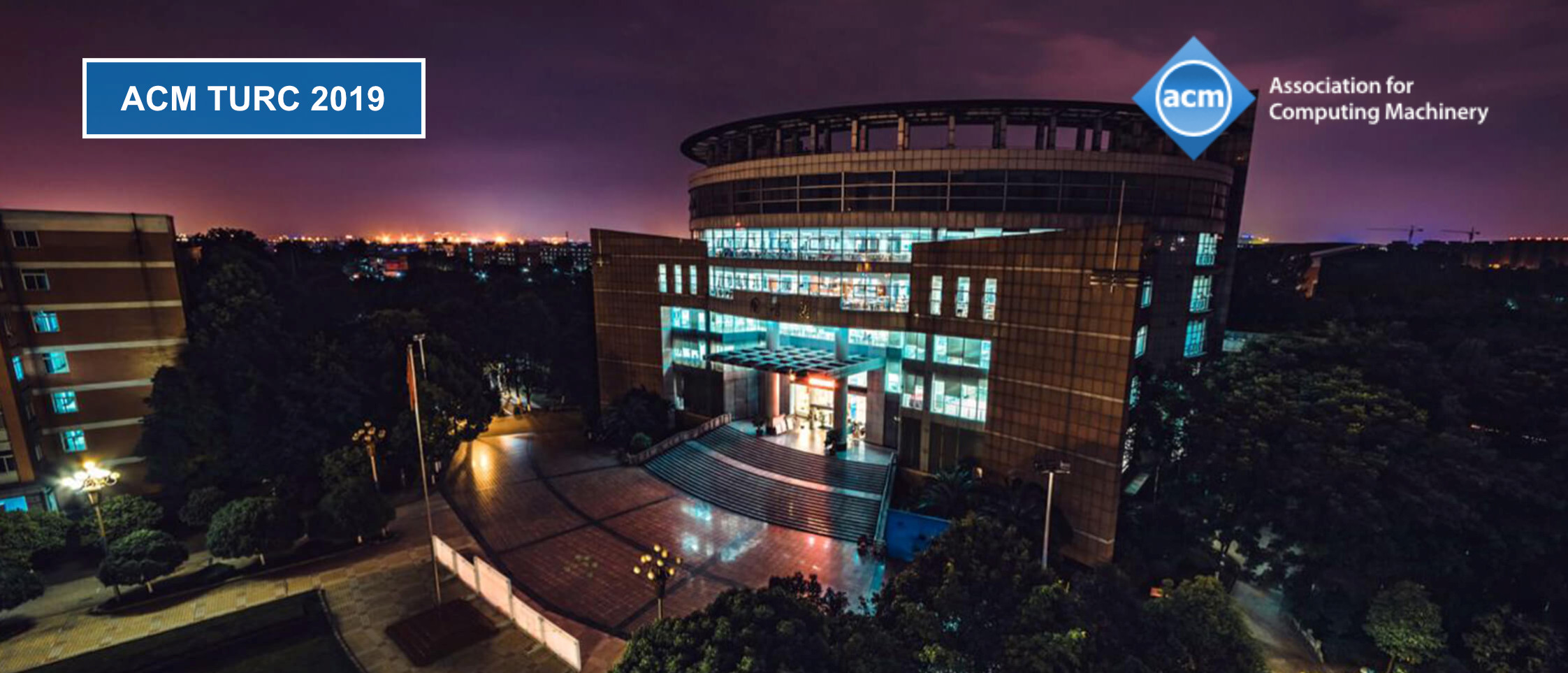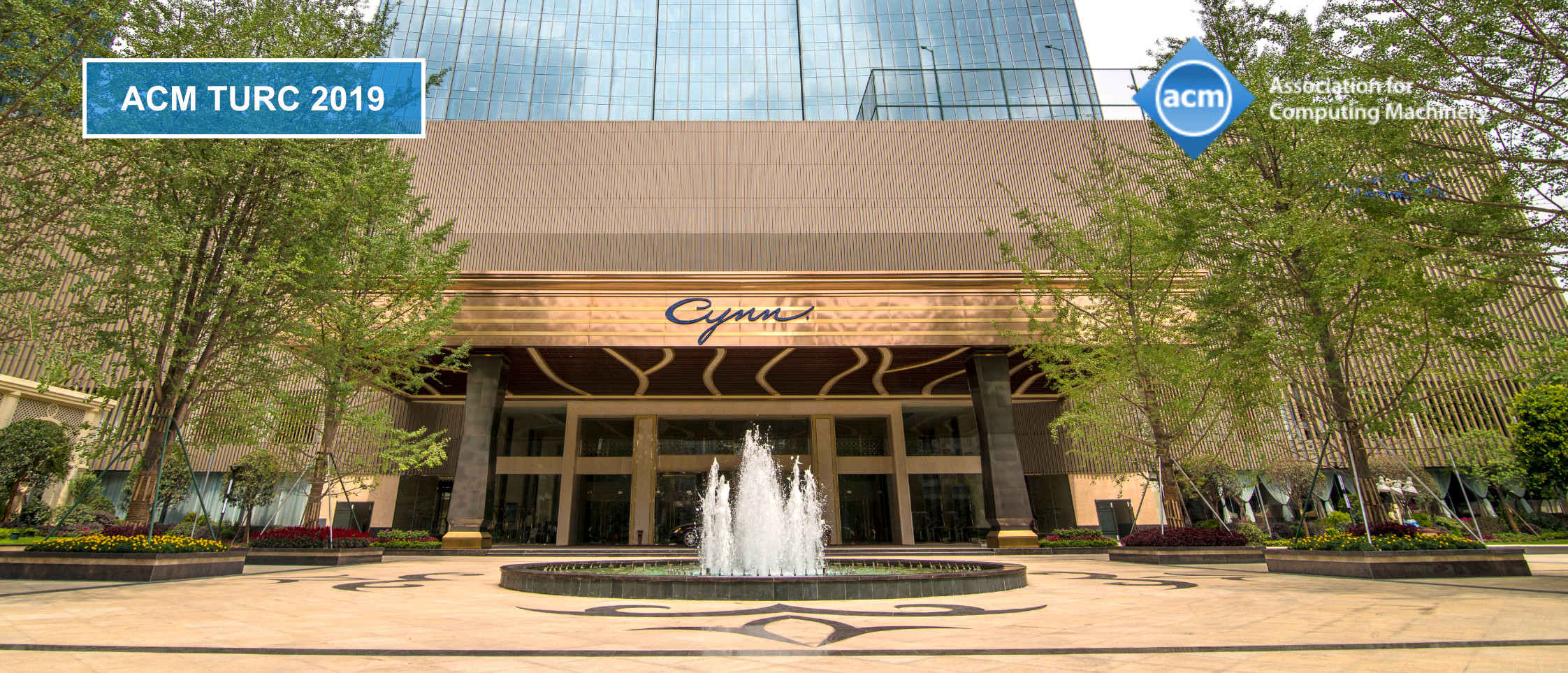Keynote 1: Optimizing Device Placement in Machine Learning Workloads using Deep Reinforcement Learning
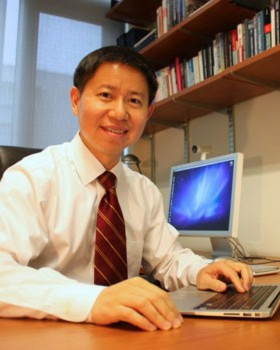
李葆春
多伦多大学
|
|
Abstract:
Training deep neural networks requires an exorbitant amount of computation resources,
including a heterogeneous mix of GPU and CPU devices. It is critical to place operations in
a neural network on these devices in an optimal way, so that the training process can
complete within the shortest amount of time. The state-of-the-art in the literature uses a
deep reinforcement learning method based on policy gradients to solve this problem, but we
believe that there remains ample room for further improvements. In this talk, I will present
our recent work published in ICML 2018 and NeurIPS 2018 that uses proximal policy
optimization (PPO) and cross-entropy minimization to achieve significantly better
performance than the state-of-the-art. Our experiments with several popular neural network
training benchmarks have demonstrated clear evidence of superior performance: with the same
amount of learning time, our algorithm leads to placements that have training times up to
60% shorter. This talk will be targeting a general audience, and will therefore include a
brief tutorial on basic ideas in reinforcement learning algorithms.
Bio:
Baochun Li received his B.Engr. degree from the Department of Computer Science and
Technology, Tsinghua University, China, in 1995 and his M.S. and Ph.D. degrees from the
Department of Computer Science, University of Illinois at Urbana-Champaign, Urbana, in 1997
and 2000. Since 2000, he has been with the Department of Electrical and Computer Engineering
at the University of Toronto, where he is currently a Professor. He holds the Bell Canada
Endowed Chair in Computer Engineering since August 2005. His research interests include
cloud computing, distributed systems, datacenter networking, and wireless systems.
Dr. Li has co-authored more than 360 research papers, with a total
of over 17000 citations, an H-index of 77 and an i10-index of 233, according to Google
Scholar Citations. He was the recipient of the IEEE Communications Society Leonard G.
Abraham Award in the Field of Communications Systems in 2000. In 2009, he was a recipient of
the Multimedia Communications Best Paper Award from the IEEE Communications Society, and a
recipient of the University of Toronto McLean Award. He is a Fellow of IEEE.
|
Keynote 2: Ubiquitous Communication and Sensing in the age of IoT
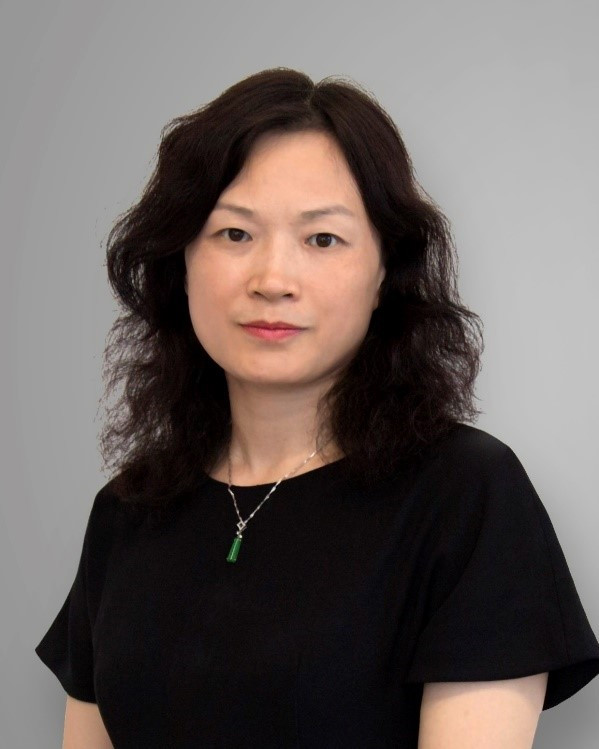
张黔
香港科技大学
|
|
Abstract:
Sensing and communication are two essential modules for IoT world. In this talk, I will
share with you some of the recent research progress related to ubiquitous communication
and ubiquitous sensing, respectively. In the field of ubiquitous communication, some
efforts related to battery-free device communication and secure IoT communication will be
covered. In the field of ubiquitous sensing, contact-less sensing leveraging wireless
radio and visible/invisible light will be briefly discussed. Finally I will share with
you an exciting direction which target at enabling sensing and communication
simultaneously.
Bio:
Dr. Zhang joined Hong Kong University of Science and Technology (HKUST) in Sept. 2005
where she is now Tencent Professor of Engineering and Chair Professor of the Department
of Computer Science and Engineering. She is also serving as the co-director of
Huawei-HKUST innovation lab and the director of digital life research center of HKUST.
Before that, she was in Microsoft Research Asia, Beijing, from July 1999, where she was the
research manager of the Wireless and Networking Group. Dr. Zhang has published more than 400
refereed papers in international leading journals and key conferences, with a total of over
21000 citations, an H-index of 78 according to Google Scholar Citations. She is the inventor
of more than 50 granted and 20 pending International patents. Her current research interests
include Internet of Things (IoT), smart health, mobile computing and sensing, wireless
networking, as well as cyber security. Her research style is interdisciplinary in
general.
She is a Fellow of IEEE for "contribution to the mobility and
spectrum management of wireless networks and mobile communications". Dr. Zhang has received
MIT TR100 (MIT Technology Review) world’s top young innovator award. She received several
Best Paper Awards in international conferences. She received the Oversea Young Investigator
Award from the National Natural Science Foundation of China (NSFC) in 2006. She held the
Cheung Kong Chair Professor (长江讲座教授) in Huazhong University of Science and Technology
(2012-2015).
|
Keynote 3: Data Access of Big Data: Solving the system bottleneck

孙贤和
伊利诺伊理工学院
|
|
Abstract:
We have entered the era of big data. However, the performance improvement of disk-based
storage systems has been much slower than that of memory and network, creating a
significant I/O performance gap. To reduce the performance gap, storage subsystems are
under extensive changes, adopting new technologies and adding more layers into the
memory/storage hierarchy. With a deeper memory hierarchy, the data movement complexity is
increased significantly, making it harder to utilize the potential of the deep
memory-storage hierarchy (DMSH) architecture. In this talk, we first show that storage
data access is the most concerned performance bottleneck, even in a distributed mobile
environment. Then, we present the development of Hermes, an intelligent, multi-tiered,
dynamic, and distributed I/O caching system that utilizes DMSH to significantly accelerate
I/O performance. Hermes is a US NSF supported large software development project. It extends
HPC I/O stacks to integrated memory and parallel I/O systems, extends the widely used Data
Format (HDF) and HDF5 library to understand users’ need and to achieve application-aware
optimization in a DMSH environment. We will introduce the Hermes’ design and implementation;
discuss its uniqueness and challenges; and present some initial design and implementation
results.
Bio:
Dr. Xian-He Sun is a University Distinguished Professor of Computer Science at the
Department of Computer Science in the Illinois Institute of Technology (IIT). He is the
director of the Scalable Computing Software laboratory at IIT and a guest faculty in the
Mathematics and Computer Science Division at the Argonne National Laboratory. Before joining
IIT, he worked at DoE Ames National Laboratory, at ICASE, NASA Langley Research Center, at
Louisiana State University, Baton Rouge, and was an ASEE fellow at Navy Research
Laboratories. Dr. Sun is an IEEE fellow and is known for his memory-bounded speedup model,
also called Sun-Ni’s Law, for scalable computing. His research interests include
data-intensive high-performance computing, memory and I/O systems, software system for big
data applications, and performance evaluation and optimization. He has over 250 publications
and 6 patents in these areas. He is the Associate Chief Editor of IEEE Transactions on
Parallel and Distributed Systems, a Golden Core member of the IEEE CS society, a former vice
chair of the IEEE Technical Committee on Scalable Computing, the past chair of the Computer
Science Department at IIT, and is serving and served on the editorial board of leading
professional journals in the field of parallel processing. Dr. Sun received the Overseas
Outstanding Contributions Award from the China Computer Federation (CCF) in 2018. More
information about Dr. Sun can be found at his web site www.cs.iit.edu/~sun/.
|
Keynote 4: Exploring the Power of Pervasive Sensing for IoT Security and Smart Healthcare
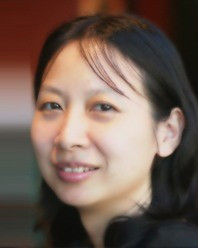
陈迎迎
罗格斯大学
|
|
Abstract:
With the advancement of mobile sensing and pervasive computing, extensive research is
being carried out in various application domains such as Internet of Things (IoT), smart
healthcare, connected vehicles, and their security issues. My research work explores the
power of pervasive sensing technologies to benefit people’s daily lives and make impacts
on the society advancement, especially in two emerging areas: IoT security and smart
healthcare. Particularly, my group studies how to conduct user authentication on any
solid surface for IoT applications and how to perform vital signs monitoring during sleep
towards smart healthcare. The first part of my talk introduces the idea of extending user
authentication beyond traditional touch screens to any solid surface for smart access
systems (e.g., access to apartments, vehicles or smart homes). The system builds upon a
touch sensing technique with vibration signals that can operate on surfaces constructed from
a broad range of materials. It integrates passcode, behavioral and physiological
characteristics, and surface dependency together to provide enhanced security for many IoT
applications. The second part of my talk describes how to track human vital signs of
breathing and heart rates during sleep, which serve as critical inputs for assessing the
general physical health of a person and providing useful clues for diagnosing possible
diseases. Different from previous work, our system re-uses existing WiFi network for
tracking vital signs of breathing and heart rates concurrently without dedicated/wearable
sensors or additional wireless infrastructure (e.g., USRP). The system exploits the
fine-grained channel state information of WiFi signals to capture the minute body movements
caused by breathing and heartbeats. The proposed system thus has the potential to be widely
deployed in home environments and perform continuous long-term monitoring at a low-cost.
Finally, I will share with you some new research directions I would like to pursue with the
aim of influencing the future of smart homes and smart cities.
Bio:
Yingying (Jennifer) Chen is the Associate Director of Wireless Information Network
Laboratory (WINLAB) and a Professor of Electrical and Computer Engineering at Rutgers
University. She also leads the Data Analysis and Information Security (DAISY) Lab. Her
research interests include smart healthcare, cyber security and privacy, Internet of Things,
and mobile computing and sensing. She has co-authored three books, published over 150
journals and referred conference papers and obtained 8 patents. Her background is a
combination of Computer Science, Computer Engineering and Physics. Prior to joining Rutgers,
she was a tenured professor at Stevens Institute of Technology and had extensive industry
experiences at Nokia (previously Alcatel-Lucent). She is the recipient of the NSF CAREER
Award and Google Faculty Research Award. She also received NJ Inventors Hall of Fame
Innovator Award. She is the recipient of multiple Best Paper Awards from IEEE CNS 2018, IEEE
SECON 2017, ACM AsiaCCS 2016, IEEE CNS 2014 and ACM MobiCom 2011. She is the recipient of
IEEE Region 1 Technological Innovation in Academic Award 2017; she also received the IEEE
Outstanding Contribution Award from IEEE New Jersey Coast Section each year 2005 - 2009. Her
research has been reported in numerous media outlets including MIT Technology Review, CNN,
Fox News Channel, Wall Street Journal, National Public Radio and IEEE Spectrum. She has been
serving/served on the editorial boards of IEEE Transactions on Mobile Computing (IEEE TMC),
IEEE Transactions on Wireless Communications (IEEE TWireless), IEEE/ACM Transactions on
Networking (IEEE/ACM ToN) and ACM Transactions on Privacy and Security.
|
征文通知: ACM SIGMOBILE CHINA 2019
The ACM Turing Celebration Conference - China (ACM TURC 2019), will be held at May 17-20, 2019, Chengdu,
Sichuan. The conference serves as a highly selective and premier international forum on computer science
research. In honor of Alan Turing, founder of computer logic and father of computer science, the
Association for Computing Machinery (ACM) established A. M. Turing Award in 1966 to award individuals
with remarkable contributions to the computer industry. The Turing Award is recognized as the highest
distinction in computer science and the Nobel Prize of computing.
The emergence of smart mobile devices has brought a new computing paradigm pushing intelligence and
processing capabilities down closer to where the sensor data originates. New challenges and
opportunities arise as the consolidation of mobile computing meets intelligent computing. ACM SIGMOBILE
CHINA symposium, co-located with ACM TURC 2019, aims to provide a world's premier forum of renowned
researchers to share their insightful opinions, discuss the upcoming challenges and promote the
development of mobile intelligent computing.
We are seeking both innovative works in an unexplored and/or emerging topic in the broad area of
networks, and novel findings and /or new insights built on existing works. We invite submissions on a
wide range of mobile computing and wireless networking research, including but not limited to:
Communications for Embedded and Energy-Harvesting Systems
Edge Computing and Distributed Computing over Computers
Machine Learning Aided Scheduling, Resource Allocation, and Algorithmic Protocol Design
Big-data analytics and Machine Learning for Dynamic Networks
Mobile Data Science & Analysis
Mobile/Wireless Research & Cloud Computing
Wearable Computing
Trust, Security, and Privacy
Internet of The Things (IoT) and/or Next-Generation Wireless
Anomaly Detection, Network Monitoring and Forecasting
Performance, Fundamental Limits, Scalability, Energy and Reliability
Routing, Scheduling, Resource Allocation, Spectrum Sharing
Low-Latency Networking
Network Games, Network Economics
Network Optimization and Learning
Analytical Modeling and Model Validation
Interdependent Critical Infrastructure Networks
Online Algorithms for Interacting Networks
Tasks, Applications, Sensing and Services over Networks
Machine to Machine Communications
Organization Committee
General Co-Chairs:
Huadong Ma, Beijing University of Posts and Telecommunications
Xiangyang Li, University of Science and Technology of China
TPC Co-Chairs:
Zheng Yang, Tsinghua University
Luoyi Fu, Shanghai Jiao Tong University
PC Members:
Haipeng Dai, Nanjing University
Liang Liu, Beijing University of Posts and Telecommunications
Hongzi Zhu, Shanghai Jiao Tong University
Hongbo Jiang, Hunan University
Junzhao Du, Xidian University
Jiliang Wang, Tsinghua University
Zhen Ling, Southeast University
Xinglin Zhang, South China University of Technology
Jin Zhang, South University of Science and Technology of China
Hao Zhou, University of Science and Technology of China
Fangming Liu, Huazhong University of Science and Technology
Xiaofei Wang, Tianjin University
Lei Xie, Nanjing University
Xiaoyu Ji, Zhejiang University
Instruction for Authors
Papers should be submitted via https://easychair.org/conferences/?conf=acmturc2019.
Submissions can either be two-page posters describing the novelties and highlights of the ongoing
work,or five-page double column papers. Papers must be submitted electronically in printable PDF form.
Templates for the standard ACM format can be found at https://www.acm.org/publications/proceedings-template.
No changes to margins, spacing, or font sizes are allowed from those specified by the style files.
Papers violating the formatting guidelines will be returned without review.
We adopt a double-blind review process for poster and regular papers. A short abstract must be provided
on the first page before the main body of the paper. For distinguishability, poster submission titles
must start with "Poster: ...". We particularly encourage and welcome contributions from students
submitting first results and early stage work.
Authors can also prepare full-version technical reports available on their own websites and on purely
archiving organizations such as arXiv. All accepted papers will
be entered into ACM database and the Engineering Index (EI). Accepted papers with exceptional quality
will further be invited into the fast track of ACM Transactions on Sensor Networks (TOSN), special issue
of IEEE IoT Journal.
Important Date
Abstract Submission: February 28th, 2019
Paper Submission: March 1st, 2019
Notification: March 20th, 2019
Camera-Ready: March 27th, 2019
